What to plant after beets next year?
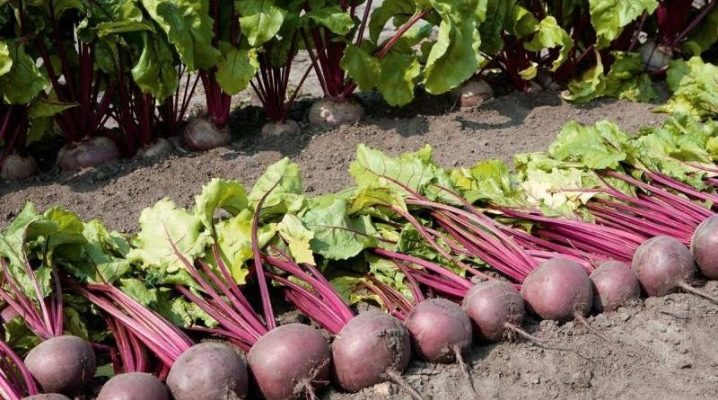
The quality of the harvested crop largely depends on whether the gardener follows the rules of crop rotation. Therefore, the location of the various vegetables in the garden should be changed regularly. The area where beets were previously grown is best suited for plants such as squash and cabbage.
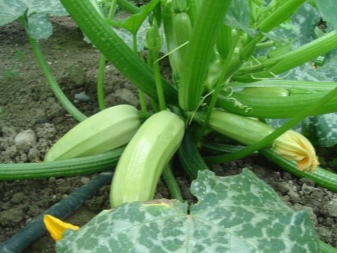
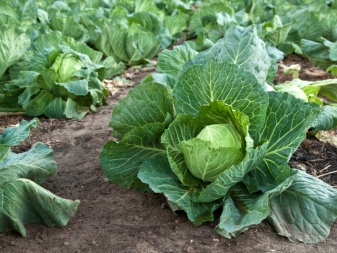
Planting zucchini
Best of all, in the beds where the beets used to be located, zucchini or squash will feel themselves... These plants need a lot of nutrients. Therefore, the soil must be properly prepared before planting them. For this, mineral or organic fertilizers are introduced into it. Usually, the soil is fed with mullein solution.
After planting, the zucchini is also watered abundantly. For this, it is best to use warm and well-settled water.

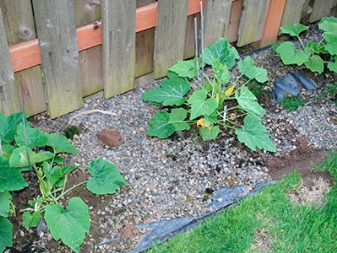
Planting cabbage
Cabbage also grows well on beet beds. These plants can make great neighbors. Therefore, gardeners often plant cabbage next to beets and dill. With this planting scheme, plants develop well and are not attacked by pests. Cabbage grows well after beets. The main thing is that the soil is still fertile and loose. Therefore, before planting cabbage in open ground, the soil is fertilized with organic matter and well dug up.
If the plants were sick last year, it is recommended to disinfect the beds with Fitosporin or any other similar means before planting cabbage. This will have a positive effect on their condition.
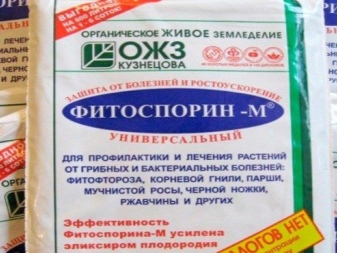
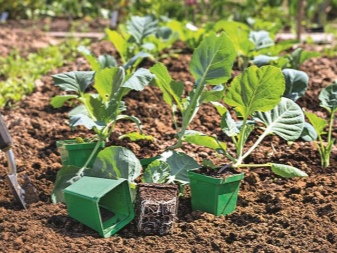
What else can you plant?
In addition to these plants, others can be planted the next year after beets.
- Legumes... Planting peas, lentils or beans on the site will help to quickly restore the balance of micronutrients. This will have a positive effect on the condition of the soil. Within a year after planting legumes, any other plants can be placed on the site.
- Garlic... This vegetable loves the sun and does not need a lot of nutrients. In addition, flowers or berry crops, such as strawberries, can be planted next to the named plant.
- Nightshade... Beet beds are ideal for planting eggplants, tomatoes and peppers. In addition, potatoes grow well on them. You can plant any varieties of these root crops on your site. It is best to place rows of early potatoes there.
- Greens... After the beets, parsley, dill and various types of salad grow well on the site. They quickly turn green and tasty. In addition, spices such as basil, mint or coriander will do well there. Planting such plants in your area helps to protect nearby plants, as well as improve the condition of the soil.
- Cucumbers... As in the case of zucchini, in order to obtain a decent harvest, the soil on which the cucumbers will grow must be well fertilized. For this, manure is usually used. After such a preparation of the site, cucumbers grow very well on it.
- Siderata... If the gardener has the opportunity to give his plot a break, the beds can be sown with siderates. Melilot, clover, alfalfa or mustard are usually sown there. All of these plants can be used as animal feed. In addition, they are often added to the compost pit or embedded in the soil when digging a site. The use of green manure for feeding has a great effect on the condition of the beds. A year after planting, any vegetables will feel great there.
- Pumpkin... This is an absolutely unpretentious vegetable. It can be planted in almost any area, including where root crops grew before. If the soil is well fertilized and the plant can get enough sunlight, the fruit on the stems will grow large, strong and tasty.
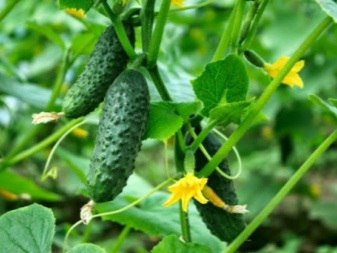
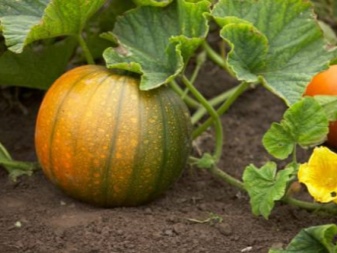
Some gardeners, after beets, plant carrots on their site. For normal growth and development, she needs the same substances as beets. Therefore, the plant will suffer from their lack in the soil.
But, if you first feed the area abundantly, the roots will still be able to develop normally. Therefore, in cramped conditions, it is quite possible to change these vegetables in places.
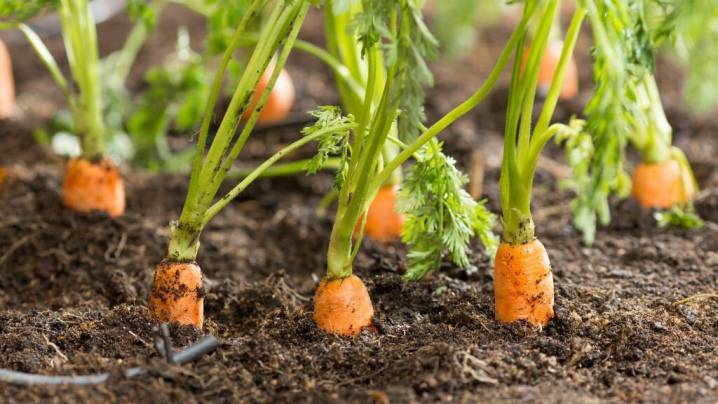
What shouldn't be sowed?
The gardener also needs to understand which plants should definitely not be planted on their site after beets. This list includes just a few vegetables.
- Radish... In the area where beets used to grow, it is not recommended to plant radishes and other cruciferous plants. Otherwise, they may be affected by the nematode. It will be very difficult to deal with pests in such conditions.
- Beet... It is not recommended to grow beets in the same area for several years in a row. Despite the fact that this plant is unpretentious, it will definitely not do it good. Root crops grown in the same bed for the second year in a row will not be as large. Some of them may look unnatural and have strange shapes. This is due to the fact that plants lack trace elements and vitamins. Therefore, they develop very poorly and become very weak. Some gardeners think that it is possible to alternate between different types of beets. But this scheme does not work, because sugar beets, fodder beets and leafy beets all need the same nutrients.
- Onion... Planting onion sets in place of beet beds is not recommended. It will develop very slowly. The greens of such onions will be sluggish, and the heads will be small and soft. These bulbs are very difficult to lay. Therefore, it makes no sense to grow them.
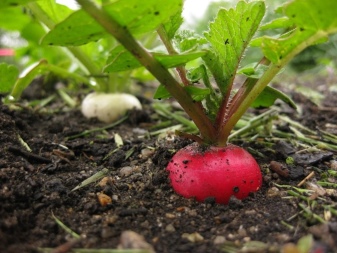
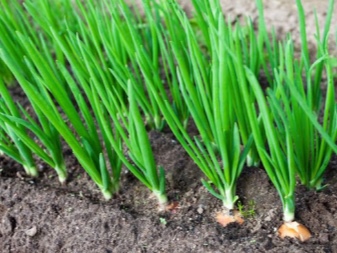
Owners of small plots do not need to leave part of the garden empty annually. Choosing the right plants for planting will only benefit the soil.












The comment was sent successfully.